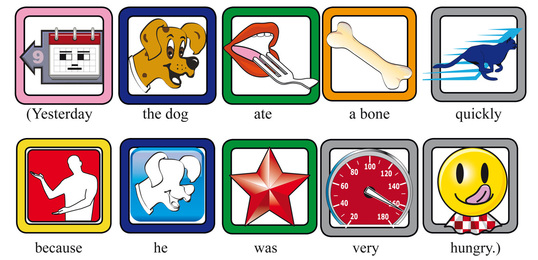Here are eight tips to make that vacation overseas lots of fun for everyone, especially you, the parents.
- Play a travel game during the weeks before the trip. This is just like playing house, except we play travel. Your child can look at pictures of the places you will be visiting, and you can talk about what clothes and toys to bring, then make-believe packing a suitcase, or help pack the family suitcases. Older children can learn to trace the itinerary on a globe or map, and look up each place you will visit on Wikipedia or similar reference site.
- Young children tire easily, so try playing travel a few minutes each day: "Let's pretend we're on a trip! Look, I am waiting for my airplane! When it's time to go, I need to look at my ticket to find out where I'm sitting. Now the fun part: Make a pretend airplane ticket, then make rows of chairs with numbers so that each family member can find their assigned seat. Talk about the trays in the airplane, the meal service, and make believe looking out the window to see the clouds.
- Practice the numbers, the departure and arrival time, and any other basic expressions your child already knows, but make them part of the travel game. How will you greet people when you arrive at the destination? Let's pretend, and let's carry our suitcases around the house, asking for directions, etc. (Young children can carry their favorite toy in a daypack, or pack clothing for their dolls, etc.)
- To keep children safe, make sure they know basic expressions so that if they become separated from you they will be able to ask for help. At minimum, "Please, Thank you, Excuse me, and My name is ... and I'm staying at ... Could you help me find my parents?" - hoping that last one will not be needed! Make sure the children have age-appropriate "stranger danger" awareness, and understand that they must stay with you all the time, to make sure everyone stays safe. Also, if you will be staying in a hotel with a swimming pool or near a lake or ocean beach, this is a good time to review all the safety rules about swimming, ideally using the target language.
- Every trip has its unexpected events - that's part of the adventure! Try to avoid scolding or reprimanding your children if they become confused or misbehave due to a chaotic or confusing situation. Just let them know they are safe with you, and by remaining calm yourself, you'll help them calm down as well. If you find you have a longer than expected wait at the airport or train station, try to make a comfortable "nest" with a few toys for your child to relax in, (and hope they will be able to take a nap.)
- During your trip, look for children's magazines and colorful souvenirs that will be easy to bring home; avoid anything too fragile, because you really do want the child to play with the toy or read the book or magazine rather than keep on a shelf. Also be careful not to bring too much stuff with you - it can get very hard on the parents when young children wear out and need to be carried - along with all the bags and totes.
- Mealtime is a lot of fun during a trip - you can show your child the menu and talk about the different foods in the country you are visiting. Try to use the target language as much as possible, making all the same QTalk Method games you play at home, but now with even more opportunity to learn and practice!
- When you return, keep the travel experience alive - prepare some of the foods you enjoyed during your trip, and retell stories of special experiences or talk about what your favorite meal was, or your favorite spot to relax during the trip. Try to use the target language as much as you can, so that your child will enjoy the memories for years to come.











